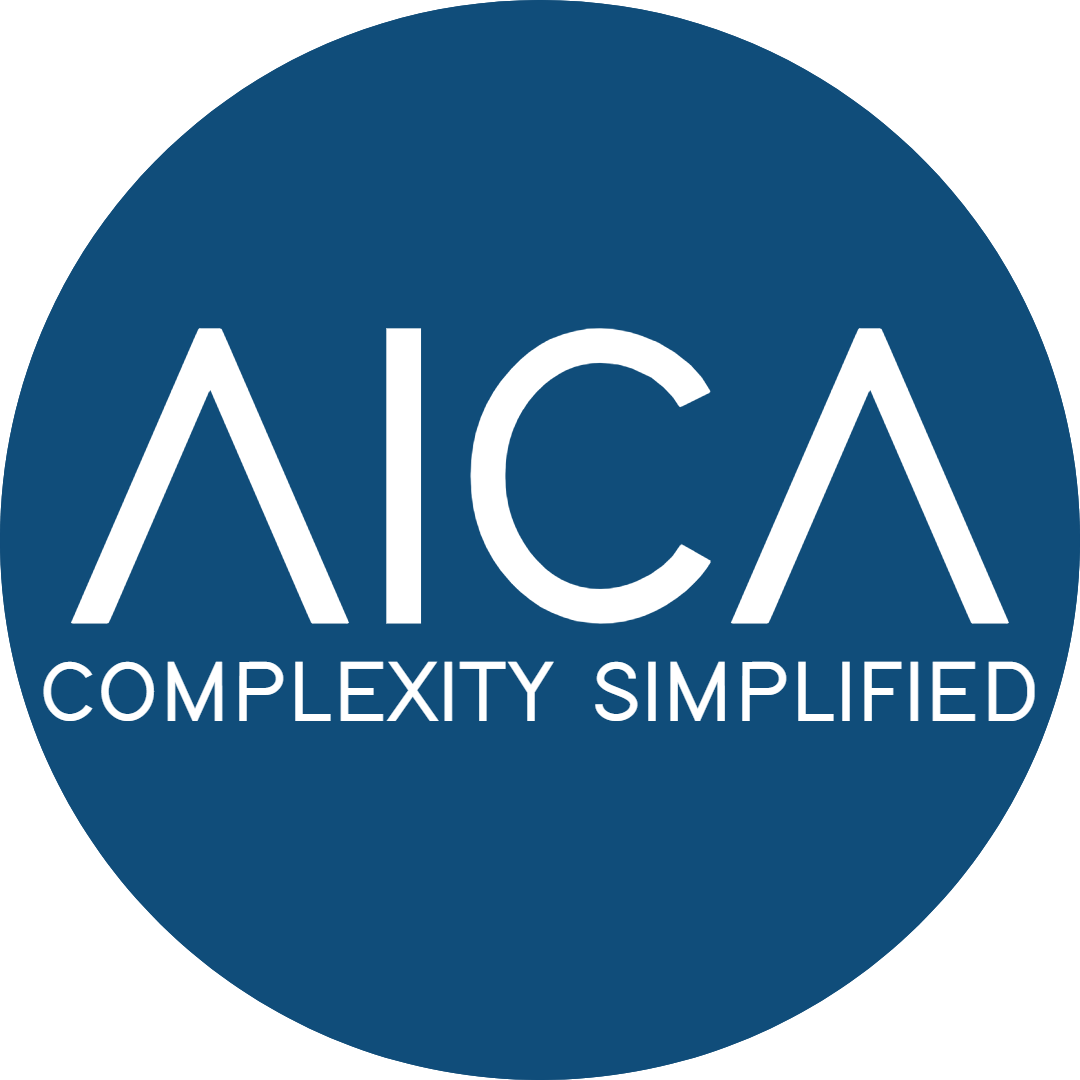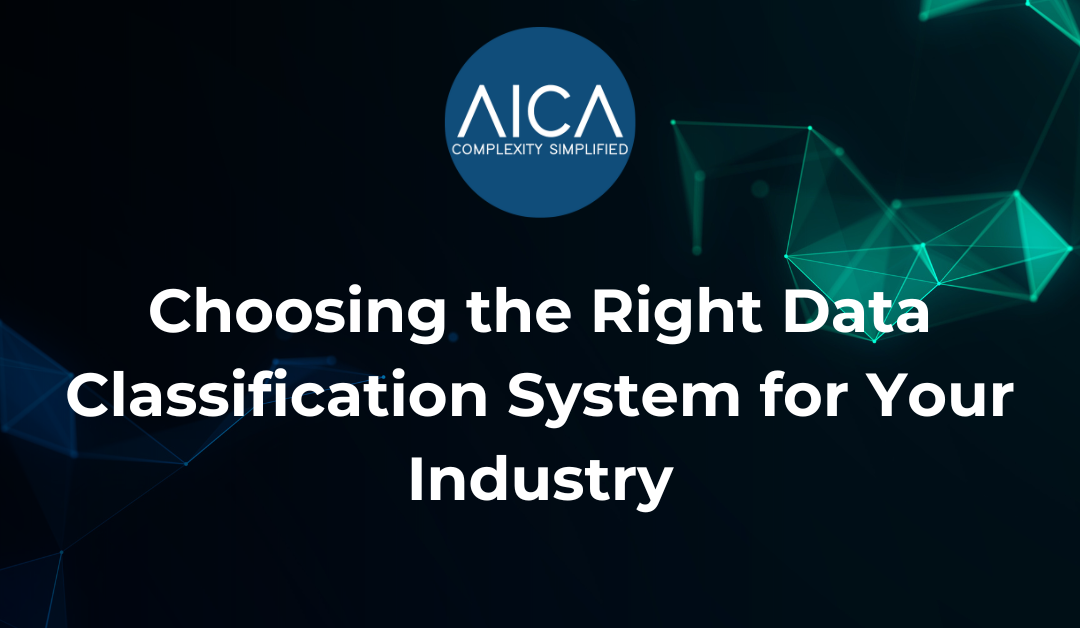Every industry depends on accurate product and service data. Without proper classification, companies face duplicate records, poor spend visibility, inefficient procurement, and compliance risks. To address these issues, global classification standards have been developed, each with its own structure, strengths, and industry focus.
However, with so many frameworks available, the challenge becomes clear: which one is right for your business?
In this article, we explore four of the most widely used standards—UNSPSC, GS1 GPC, eCl@ss, and ETIM—and explain where each delivers the greatest value.
1. UNSPSC: Universal Standard Across Industries
The United Nations Standard Products and Services Code (UNSPSC) is a global taxonomy used to classify both products and services. It follows a four-level hierarchy (Segment → Family → Class → Commodity) and is widely adopted for procurement and spend analysis.
Best for:
- Large enterprises with diverse product and service categories
- Organisations focused on spend visibility and supplier consolidation
- Governments and public sector agencies (many U.S. federal and state systems require UNSPSC coding)
Key Benefits:
- Universally recognised across industries
- Strong support for procurement and spend analytics
- Standardised coding for services as well as goods
For example, a manufacturer using UNSPSC can quickly consolidate supplier spend across multiple plants. As a result, they are able to identify duplicate vendors and negotiate better contracts.
2. GS1 GPC: Global Retail and Consumer Goods Standard
The Global Product Classification (GPC) standard is managed by GS1, the same body that created barcodes. It is designed for global supply chains, enabling trading partners to align on product categories. Consequently, GPC is essential in retail, food, consumer packaged goods (CPG), and healthcare.
Best for:
- Retailers, distributors, and e-commerce platforms
- Food and beverage supply chains
- Consumer goods and healthcare manufacturers
Key Benefits:
- Seamless integration with GS1 barcodes and data standards
- Essential for global supply chain collaboration
- Supports regulatory compliance in food, healthcare, and consumer safety
For instance, a supermarket chain can adopt GPC to standardize product data across thousands of suppliers. As a result, the company ensures accurate listings in online marketplaces and compliance with food safety regulations.
3. eCl@ss: The Industrial and Engineering Standard
eCl@ss is a classification system developed in Germany, widely used in industrial, engineering, and technical environments. It provides detailed attributes for materials, components, and services, making it highly relevant for manufacturing, automotive, energy, and process industries.
Best for:
- Manufacturers and engineering companies
- Automotive and aerospace supply chains
- Global industrial procurement networks
Key Benefits:
- Rich attribute sets for technical and industrial products
- Widely used across Europe, especially in German industry
- Supports digital engineering and Industry 4.0 initiatives
On the other hand, an automotive OEM can use eCl@ss to align component specifications across multiple plants and suppliers. Consequently, this reduces errors in engineering drawings and procurement processes.
4. ETIM: The Standard for Electrotechnical and HVAC
ETIM (Electro-Technical Information Model) is a classification standard created for the electrical, HVAC, plumbing, and building sectors. It focuses on technical attributes that ensure compatibility and safety.
Best for:
- Electrical and electronics manufacturers
- HVAC, plumbing, and building services suppliers
- Distributors of electrotechnical products
Key Benefits:
- Highly detailed classification for technical compatibility
- Widely adopted in construction, building materials, and electrical distribution
- Supports BIM (Building Information Modeling) integration
For instance, an HVAC supplier can classify all components using ETIM. This means contractors and distributors are able to quickly filter for compatible parts in BIM models.
Which Classification is Right for You?
To summarise:
- UNSPSC → Best for procurement and spend analytics across industries, especially in the public sector and large enterprises.
- GS1 GPC → Best for retail, consumer goods, food, and healthcare supply chains.
- eCl@ss → Best for industrial, automotive, and manufacturing companies managing complex technical data.
- ETIM → Best for electrotechnical, HVAC, and construction-related industries.
Therefore, choosing the right framework depends on your sector, your systems, and your strategic goals.
How AICA Helps
At AICA, we specialise in data cleansing, enrichment, and classification across all major standards. Moreover, our Agentic AI platform achieves over 90% accuracy, helping companies:
- Classify product and service data using UNSPSC, GS1 GPC, eCl@ss, or ETIM
- Cleanse legacy ERP and procurement records
- Enrich data with missing attributes and specifications
- Eliminate duplicates and standardize descriptions
- Prepare datasets for ERP, PIM, and MDM integrations
As a result, whether your clients are retailers, manufacturers, or industrial suppliers, AICA provides the scalable tools and expertise to implement the right classification standard for their business.
Conclusion
Clean, well-classified data is the backbone of digital transformation. Without it, systems fail to deliver value. Choosing the right classification system—UNSPSC, GS1 GPC, eCl@ss, or ETIM—depends on your industry and business objectives.
Contact us today to get the expertise and AI-powered tools to ensure your data is structured, compliant, and ready to unlock operational efficiency.
Copyright Reserved © AICA Data International Ltd 2025

